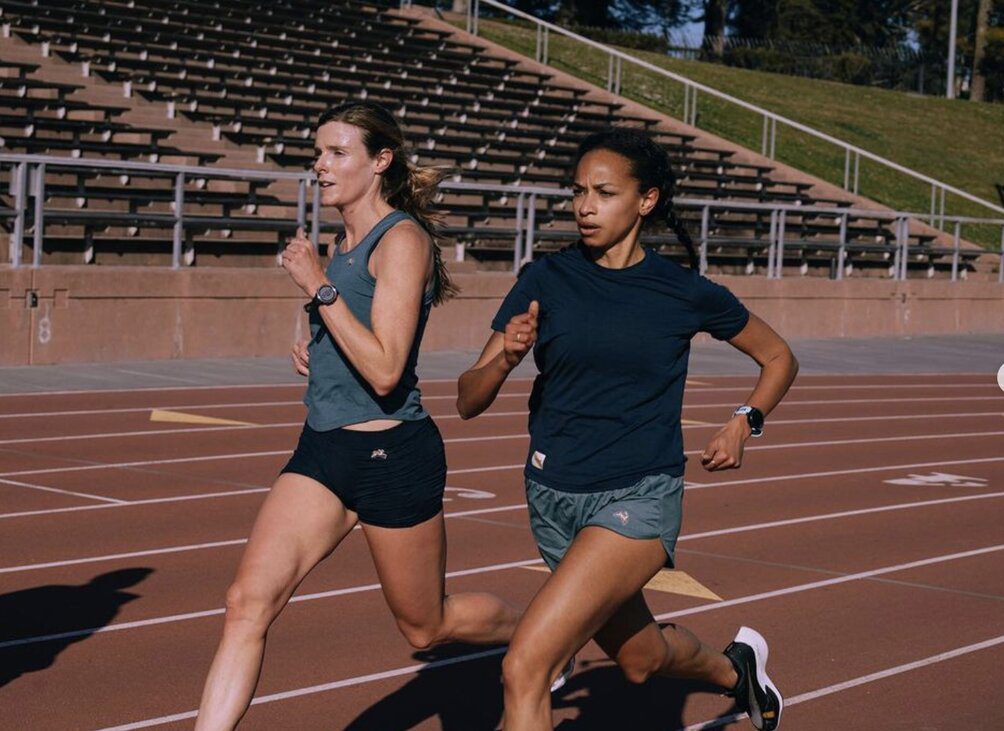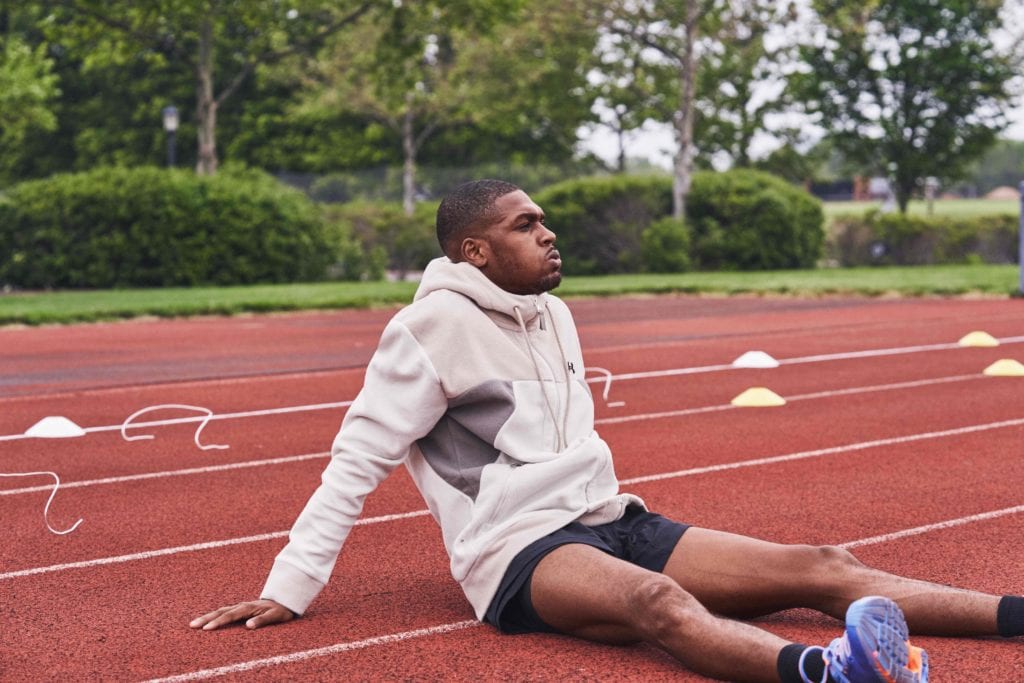Maximize the benefits of every run with these 3 tips
Understanding the purpose of each workout is key

Do you know the purpose of each run on your training schedule? Understanding why you are running fast or slow, and what training effect you are working toward can be monumentally helpful when trying to stick with a program and achieve specific results. Running workouts will have a variety of hoped-for outcomes, and training effect is simply a measure of the body’s response to a workout.
While fitness apps and watches all have unique suggestions about your training effect and may offer guidelines to follow, you’re better off keeping it simple. Here, we give you some tips to use so that every workout hits the target and leaves you a stronger runner.

Know the intention behind each workout
It can be easy to simply follow the instructions and repeat. It’s fantastic if you can hit all your goals in a scheduled running session, but understanding the real purpose behind the workout will help you reap the rewards. Are you running 800m repeats in order to get faster at short distances, or to build your ability to run smoothly on tired legs?
If you have a coach, make sure you’re asking questions so that you know the ‘why’ behind every session; if you plan your own training, do some research. Knowing what training effect a workout is intended to achieve will help you know what to look for while you’re running, and recover optimally.

Variation is key
Adaptive resistance occurs when you do the same workout week after week. Your body becomes familiar with the particular stresses being applied to them and skilled at achieving the workout goals. The speed session (or track repeats, or whatever your workout of choice is) becomes less potent and you may stop seeing a training effect.
Create variation in your run training. It will keep things fresh. It can can challenge you both physically and mentally. It will prepare you for changes when competition comes. Not everything is predictable.
— TIME ON FEET RUNNING ?? (@LydiardsWay) May 30, 2022
Switching it up, from road to track, solo runs to training with a group, or between speedwork and long runs keeps your brain and muscles firing. Rotating exercises and activities not only keep us seeing benefits as we run hard sessions, but also prevents repetitive stress injuries.

Make recovery essential
If you haven’t made recovery as important as training, it’s time to start. Recovery is essential for our mental and physical health. Every single workout you do breaks your body down, causing tiny amounts of tissue damage. Running perfect splits in your track session is pointless if you don’t allow your body time to properly recover: you risk overtraining as well.

Make sure to take at least one day off per week, fuel and hydrate properly, and sleep well. You’ll reap the benefits of every run when you’re well rested, know what your goals are, and incorporate a variety of challenges into your training.


